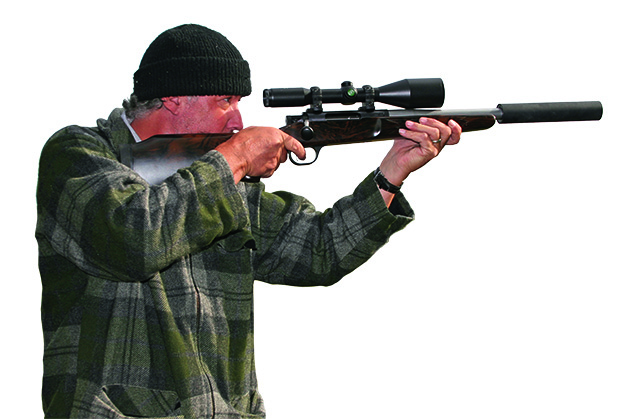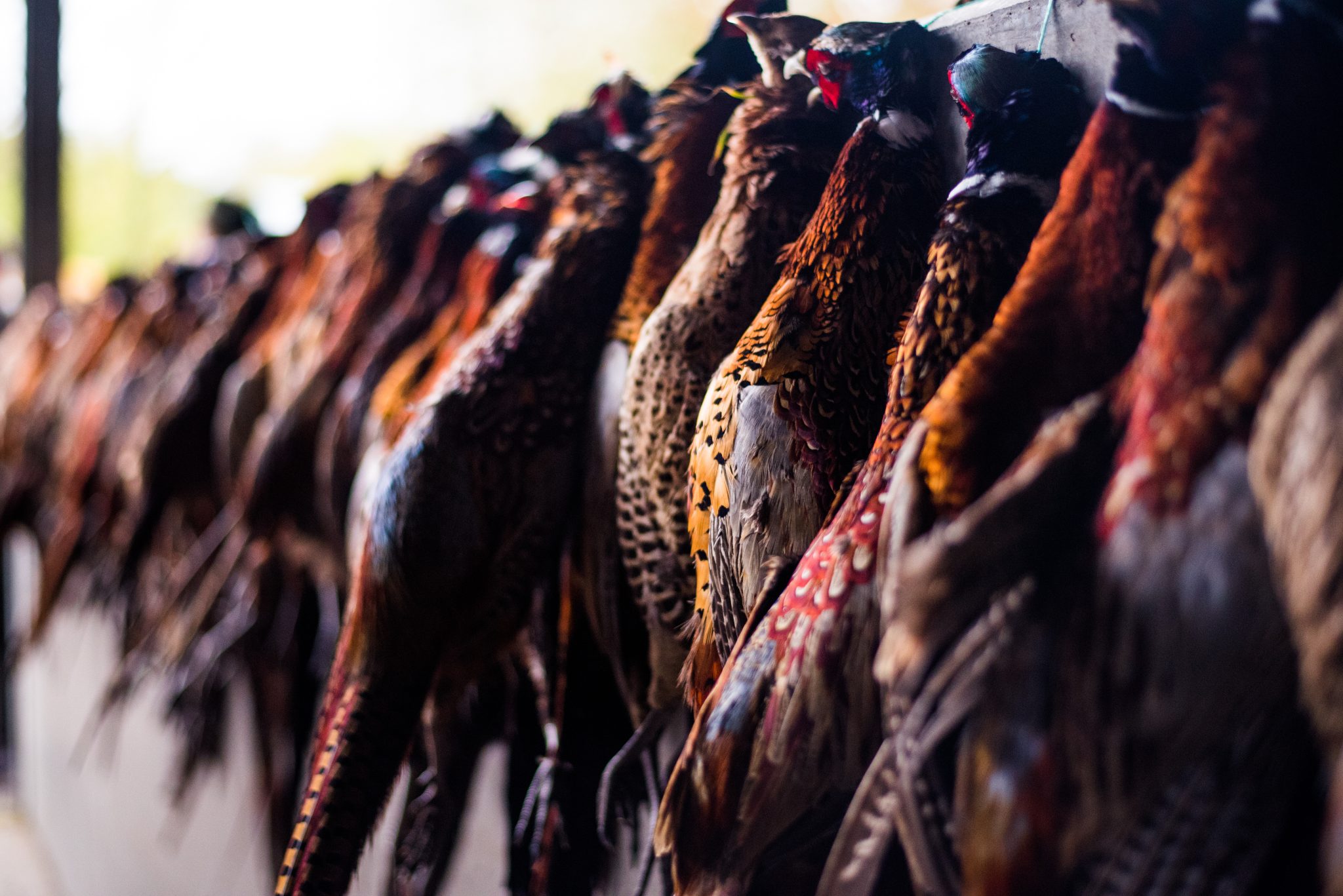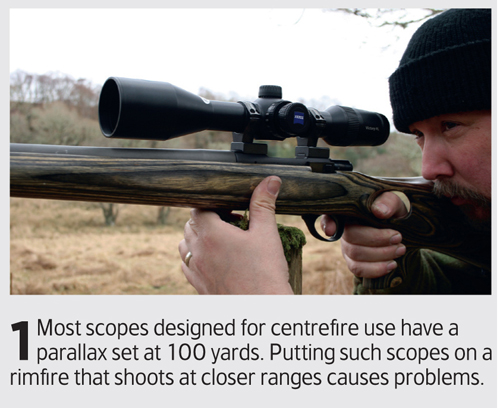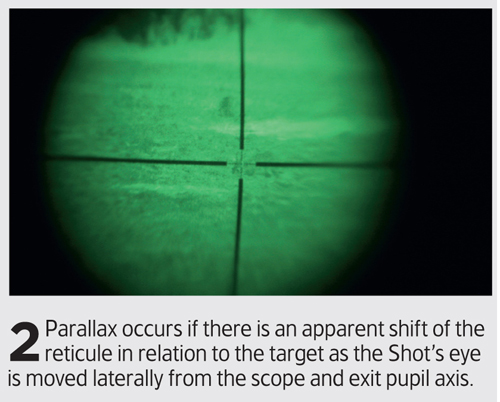Win CENS ProFlex DX5 earplugs worth £1,149 – enter here
Parallax adjustment – how much does it affect rifle accuracy?
Parallax problems may not be due to a scope.
 With a rifle itâÂÂs a matter of a blend of length and performance to achieve a rifle that fits, handles and balances perfectly, especially when a moderator and scope is added.
With a rifle itâÂÂs a matter of a blend of length and performance to achieve a rifle that fits, handles and balances perfectly, especially when a moderator and scope is added.
What is parallax and how can it affect your rifle shooting? Parallax is caused by light bending as it passes from one medium to another. It’s why a fish or a stone under water will appear closer to you than it really is.
In rifle shooting, the light transmitted through a telescopic sight will bend as it passes through the various lenses unless (a) they are perfectly ground and (b) your eye is dead centre in the optic lens.
However error in parallax can and does occur. This is when the target image does not fall in the same optical plane as the reticle. It affects all scopes, but many have a parallax adjuster that focuses the scope at one range and aids accuracy. With high magnification scopes parallax error is particularly acute. (Read our review of thermal imaging scopes.)
Checking for parallax
To check if your rifle scope has parallax, fix the rifle in some sort of clamp. If the crosshairs move on the target when you move your head up and down or side to side, then you have parallax at the range of that particular target.
Most ‘scopes are adjusted to be parallax free at about 100 yards (or metres) but some have parallax adjustment at the object glass (the end furthest from the eye). The figures on the ring may, or may not, be accurate and you won’t know without doing the above test at various known distances.
Does parallax matter?
If you always make sure your eye is dead centre (you have a perfectly symmetrical dark ring around the crosshairs) then parallax doesn’t matter.
Do I need a scope with parallax?
Should you get a scope with parallax adjustment?
Parallax in a scope is quite complex but makes a big difference to the performance of a scope and your shooting.
Parallax error is where the reticle seems to shift its point of aim on a target as you move your eye left or right while looking through the riflescope. This is why shooting technique and scope-to-eye alignment must be exactly the same for each shot. Most scopes designed for full-bore rifles are parallax free at 100 yards thus even some eye movement results in minimal parallax error. Rimfire scopes used at shorter ranges have a parallax set for 50 yards.
To allow for more flexibility some scopes, especially higher magnification and variable scopes, have an adjustable parallax ring either on the objective bell or side-mounted on the adjustment bowl. This can be used to eliminate parallax at any range while maintaining focus at closer ranges, even on the highest magnification. So yes, a parallax ring is useful, but if you hunt at short ranges with a lower-powered scope and position your eye the same for each shot, you will be fine.
More on parallax and scopes
Scopes are either set for one parallax-free setting or come with parallax adjustment.
Look through a scope from a differing angle each time and the chances are your shots will shoot differently.
Get the latest news delivered direct to your door
Subscribe to Shooting Times & Country
Discover the ultimate companion for field sports enthusiasts with Shooting Times & Country Magazine, the UK’s leading weekly publication that has been at the forefront of shooting culture since 1882. Subscribers gain access to expert tips, comprehensive gear reviews, seasonal advice and a vibrant community of like-minded shooters.
Save on shop price when you subscribe with weekly issues featuring in-depth articles on gundog training, exclusive member offers and access to the digital back issue library. A Shooting Times & Country subscription is more than a magazine, don’t just read about the countryside; immerse yourself in its most authoritative and engaging publication.









